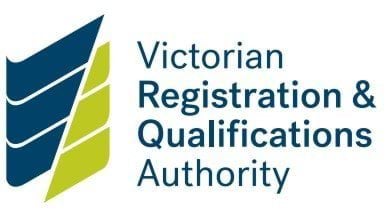About the Standard
This Standard creates a child safe culture at all organisational levels by emphasising:
- information sharing
- recordkeeping
- governance arrangements
- management of risks to children.
How to comply
An RTO must be able to provide evidence of:
- the RTO's public commitment to child safety
- governance arrangements that implement child safety policies and procedures and reporting requirements
- strategies to manage risks to the safety and welfare of children
- a Child Safety Code of Conduct that specifies acceptable and unacceptable behavioural standards
- a Child Safety and Wellbeing Policy
- staff and volunteers' professional development and, or induction that includes:
- child safety information sharing
- recordkeeping requirements.
Examples of compliance
An RTO complying with this Standard may have:
- website publication of the RTO’s Child Safety and Wellbeing Policy and Child Safety Code of Conduct
- a Child Safety Code of Conduct that specifies acceptable and unacceptable behavioural standards and applies to staff, volunteers and students
- documented governance frameworks to implement child safe policies, procedures and reporting requirements
- a risk register to identify, prevent and reduce risks to child safety
- recruitment and induction resources and processes that cover the Child Safe Standards
- professional development for staff and volunteers that covers information sharing and recordkeeping obligations.
.
Updated


